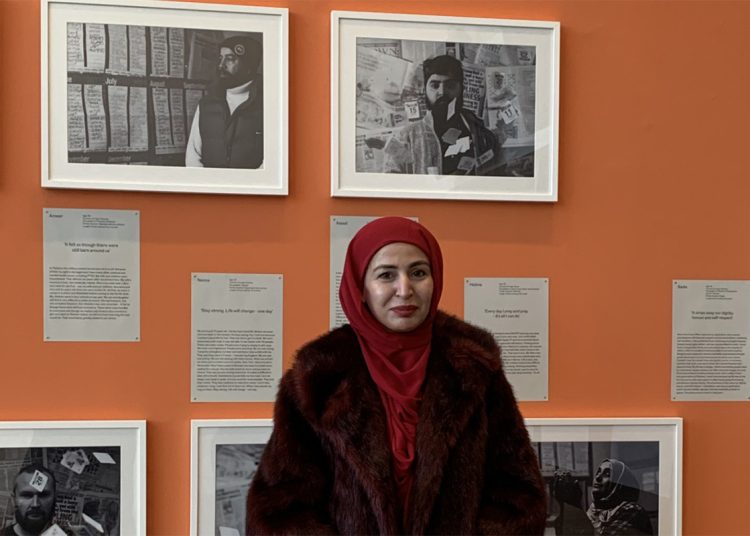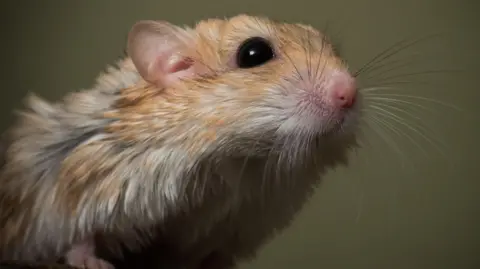UK’s financial watchdog is ‘incompetent’ and ‘dishonest’, MPs and peers claim

The UK’s financial watchdog has been condemned as “incompetent” and “dishonest” by a group of MPs and peers who warn the body needs an urgent overhaul.
A cross-party parliamentary group, comprising 30 MPs and 14 peers, produced the damning report after examining the Financial Conduct Authority (FCA) for three years.
The report, which will be presented in Parliament on Tuesday, drew from the testimony of 175 individuals including former employees, scam victims and whistleblowers.
“The picture painted is not pretty,” it concludes.
“The FCA is seen as incompetent at best, dishonest at worst. Its actions are slow and inadequate, its leaders opaque and unaccountable.”
‘Not fit for purpose’
The evidence gathered suggests that the watchdog is “not fit for purpose”, with issues “rooted in the way the organisation is being led, conflicts of interest and the culture that the successive leadership teams have created”, the report read.
The job of the FCA is to regulate the conduct of around 42,000 financial businesses in the UK.
Testimony gathered by the parliamentarians includes victims of alleged pension and investment scams who say the regulator failed to protect them or to spot “red flags” at fraudulent financial firms.
Other financial sector whistleblowers said they felt the FCA did not do enough to investigate their allegations or prevent misconduct from continuing.
Some current and former employees alleged the FCA has a “defective” culture, where “errors and inaction” proved common.
“Those who challenge a top-down ‘official line’ on any given issue are bullied and discriminated against, or even managed out,” the report read.
Reforms
The report outlined a number of suggested reforms including the introduction of a supervisory council to assess the authority’s effectiveness, changes to funding, a “no tolerance” policy for lack of integrity and changes to the way senior leadership is appointed.
It concluded that urgent action needs to be taken to address the concerns, or there is a risk that “stakeholders’ patience is exhausted” and discussions will shift from reforming to replacing the organisation entirely.
An FCA spokesperson said: “We sympathise with those who have lost out as a result of wrongdoing in financial services. However, we strongly reject the characterisation of the organisation.
“We have learned from historic issues and transformed as an organisation so we can deliver for consumers, the market and the wider economy.”


















